[This article was first published on February 1, 2022, and updated on May 9, 2024 with more photos, a few minor corrections, and an additional section about the new Custom 823 Demo Clear barrel model and Signature nib that is an option on all three Custom 823 pens. I was very excited to have an opportunity to preview this brand-new Pilot nib, which we will have available to sell beginning on May 18, 2024 at our store event with Bill Pearcy from Pilot Pens. I have kept the article mostly as it was originally presented, to reflect my original experience with these pens. It was one of my very first blog articles for Pen Boutique!] [Update: this article was also price corrected for January 1, 2026.]

Clear Thinking
When Pen Boutique owner Leena asked me to write about the Pilot Custom 74 and Custom 823, I was thrilled. I love Pilot pens, and the majority of the pens I own are Pilots. I was already intimately familiar with the black double broad Custom 74 that I bought three years ago, which has always behaved perfectly. However, all the Custom 74s that we carry at Pen Boutique are the translucent demonstrator models, so they look very different from my solid black pen, and I had never tried a demonstrator pen! (I know, kind of close-minded of me!) The Custom 823 is also a demonstrator, so I started thinking a lot about the whole demonstrator experience. What would it be like to see the insides of my pen while I was using it? How do I feel about other translucent things? And, how would the higher end Custom 823 compare with the Custom 74 model? Brain already buzzing, I went to the warehouse shelf and picked out three pens to bring home and spend a little time with: a broad nib Custom 74 in Merlot, a medium nib Custom 74 in Blue Stone, and a medium nib Custom 823 in Amber. I wanted to compare two nib sizes (M and B) of the same model pen and compare the same nib size (M) between the two different pen models. 
For the rest of the week while I was in the store, I took note of the Custom 74s on display. The eight translucent colors are Blue Stone, Merlot, Grenadine, Blue, Forest Green, Clear, Smoke, and Teal. The nib is available in extra fine, fine, medium or broad point sizes, and is 14-karat gold with silver colored rhodium plating to match the rhodium trim and clip. All the colors pair marvelously with the shiny silver, but my favorite is the Merlot, a sophisticated wine-burgundy shade. The pens were especially beautiful when the sun shined in the front door and lit them brilliantly. They really sparkle!

I didn't have time to play with the pens I brought home until the weekend. First of all, I decided to get into a translucent mood by drinking tea from a translucent cup. I chose a flowering jasmine tea so I could watch the beautiful tea steeping inside the cup just like how you can admire the ink and filling mechanism or cartridge inside a demonstrator pen. Because I don't own these pens, I can't actually fill them with ink, so I had to use cartridges to try the Custom 74s, and dip the Custom 823, which is a vacuum filler. But, I have a pretty good imagination.

First I loaded the Blue Stone colored Custom 74 with a Pilot Black cartridge and tried writing and drawing with it. Right away, I loved the feel.

It immediately felt comfortable in my hand, and the flow of ink was perfect. The medium #5 gold nib is extremely smooth but offers a tiny bit of feedback to stay in touch with the paper. This nib made me feel in control, but was soft enough to also feel spontaneous, and I wrote in my natural handwriting, not being careful with neatness or consistency. The size of the pen fit my hand just right, and the weight and balance felt good both posted and with the cap off.
I was curious what my father, with his larger hand, would think, so I asked him if he'd try the pen. He liked it right away, too, and said it also felt perfect in his hand. My sister-in-law with a smaller hand than mine agreed. I still wasn't sure what I thought about translucent pens, though. I know they are pretty common and some people love them, but I've never been tempted by them and they actually seem a little creepy to me for some reason. Am I just weird? Maybe! I asked my dad and sister-in-law what they thought. They both said seeing the inside of the pen was cool and kind of fascinating. My sister-in-law really liked the look and thought it was beautiful. Hm! I decided I'd better play with them more.
Inky Tangent
I wanted to try the Custom 823 next, to compare the two medium nibs, but I suddenly realized that, for a true comparison, I needed to use the same ink. I couldn't use a cartridge with the Custom 823 because it's a vacuum filler, which was a problem because I don't own a bottle of Pilot's standard black ink.... I have always used Pilot Iroshizuku Take-sumi instead! So, I got creative and used a blunt syringe to siphon ink out of a few Pilot Namiki Black cartridges and put it into a sample vial. I had never used Pilot Namiki Black ink until trying it in the Blue Stone Custom 74 (I always just threw the cartridges that came with my pens in a drawer!), and was very impressed by the wetness and smooth flow, so I was super curious to see how it compared to Take-sumi in color. I realized that, while I was at it, I really should swatch the standard black ink. Yes, it was a little bit of a tangent, but still very interesting! I mean, what if they were secretly the same ink?!
Verdict: Pilot Namiki Black and Pilot Iroshizuku Take-sumi are very similar, with a comparable level of darkness and nice wet smooth flow, but they have different color sheen! Iroshizuku Take-sumi's sheen is red/purple and Namiki Black's is gold! Iroshizuku Take-sumi also has a little more sheen than Namiki Black does.

Here's a photo taken at an angle in bright sunlight so you can see the sheen color better.

[Note: when updating this article, I got confirmation from Pilot that the 70ml blue ink that comes with the Pilot Custom 823 and Custom 743 is the same ink that is sold in 60ml bottles as Namiki ink in blue and black. This is also the same as the ink in Pilot's standard blue and black cartridges. Pilot's Iroshizuku line is different and is the highest quality. Both lines of ink are nice and wet and are perfect in Pilot pens!]
Writing Experiments
That question answered, back to the pens! The Custom 74 comes in the typical utilitarian hinged Pilot box with a clear plastic window, but the Custom 823, which costs $250 more, comes in a much larger fancy presentation box, lying on a luxurious silver satin bed alongside a special sized 70 ml bottle of Pilot Blue ink. (The pen and ink are also accompanied by several instruction materials which can be a little intimidating, but more about that later!) 
The one I tried for this article is Amber, but the pen also comes in Smoke, a mysterious dark grey that is less translucent.

I dipped the Custom 823 in my little vial of Pilot Black and tried it alongside the Custom 74.

The Custom 823 felt amazing right away, too! It was also extremely smooth, with the perfect amount of slight feedback. This slightly larger pen's filling mechanism has a metal rod that runs throughout the body of the pen, which gives it extra weight, but it is very evenly balanced, so, although it felt a little heavier when I picked it up, I didn't notice the weight difference when I was writing. I am used to smaller pens, but it didn't feel too large or too heavy to me. Both pens have resin bodies, so they are fairly lightweight, which, to me, is a plus. They don't tire my hand, and when I'm writing with them they feel almost invisible to me, like they are an extension of my own hand.
The two medium nibs seemed to write exactly the same, despite the Custom 823 having a larger size No. 15 nib rather than the No. 5 nibs I am used to. Here's how the nib looks in appearance compared to my Custom Heritage 91 (fine medium), the broad Custom 74, and my double broad Custom 74. (They are all beautiful!) The Custom 823 nib comes in fine, medium, broad, and--newly introduced in 2024--the Signature nib.

It's a little hard to tell just by looking at it, but the Custom 823's grip section has a special ergonomic soft touch coating rather than the hard resin the other pens' grips are made from. It's a subtle feature that I didn't notice right away, but the material feels less slippery in the hand and has a little bit of "give," which is great for longer writing sessions! I think if I owned this pen it would be something I would really appreciate about it.
When my dad and sister-in-law tried the Custom 823, they both commented about the "huge" nib and heavier weight, but said it also felt very comfortable to write with. Both pens were a hit!
Sunday evening, I tried drawing with the Custom 823 alongside the Merlot colored broad nib Custom 74. I loved both! I dipped the Custom 74 in Pilot Iroshizuku Murasaki-shikibu ink and messily drew some of my favorite translucent creatures: jellies and elvers (also known as glass eels). I was kind of out of practice, since I haven't had time to do art in a while, but it was fun! The translucent pens were starting to grow on me...

Filing Mechanisms
I definitely loved how all three pens felt and wrote, but what about the translucency and what about the filling mechanisms? The Custom 74 can use either a Pilot cartridge or Pilot CON-70 converter, which holds an ample ink supply while uniquely combining the characteristics of a vacuum-filling and push-button converter. The converter fills very easily and completely!

As I mentioned before, the Custom 823 has a sophisticated vacuum-filling mechanism, which is part of the reason why this pen costs more than the Custom 74. It seems a little intimidating at first, but it's actually very easy to use once you understand how it works.
To fill the pen, you unscrew the back cap (the knob on the end of the tail) and pull the rod all the way back. Immerse the nib in your bottle of ink, and slowly push the knob back in. There's a rubber seal at the end of the rod, which creates a vacuum when you push the rod back down. When you push it all the way in, the pressure drops off and equalizes, sucking ink into the pen. The body of the pen is able to hold a very large ink capacity (2.55 ml)--about five times the amount a typical short cartridge converter holds.

When storing or carrying the pen, point the nib upwards and screw the back cap all the way down, which will seal off the ink chamber from the rest of the pen. The pen can't leak, even with the pressure changes of air travel. However, when are you going to be using the pen for longer writing, you need to point the nib upwards and unscrew the back cap approximately 2 full rotations (about 2 millimeters) to release the o-ring seal and allow the ink to flow into the nib, otherwise it will only write for a few pages before being starved of its ink supply. A lot of people don't understand this, and we get quite a few calls to customer service from Custom 823 owners thinking their pen has flow issues. But actually the pen is functioning exactly as it's designed to do, and all you have to do is crack the back cap, let the o-ring un-seal, and the ink will flow perfectly again! That's it!
(By the way, the pen is thoughtfully designed to allow extra space in the cap so that it still fits very securely when posted even with the back cap unscrewed! Very cool.)

The pen comes with detailed instructions explaining the filling mechanism, plus a warning about not attempting to unscrew the nibneck or plunger from the barrel. This is one pen where you actually do need to read the manual, but, once you do, it's a brilliant pen to own and use!
New 2024 Options: Clear 823 Barrel and Signature Nib!
In April, 2024, Pilot made a very exciting announcement: for the first time ever in the US, they are introducing the Custom 823 with a Clear demonstrator barrel! Even more exciting to me, they are launching a new Signature nib option, which is available on all three barrel models--Amber, Smoke, and Clear. This nib is only available on the Custom 823. I couldn't wait to get my hands on the new pen to try it! It hasn't been released yet, but it will be on May 15th.
My opportunity came sooner than I expected, because our Pilot rep, Bill Pearcy, will be doing an event at our store on May 18th, and he arranged for me to preview a Clear Custom 823 with the Signature nib so I could update this article in time for his visit. Bill will have the pen for customers to try at our store event, and we will have all three Custom 823 colors in stock with the Signature nib to buy, also.
The new Clear version of the pen is beautiful! Yes, I'm still a little squeamish about demonstrator pens, but I love the choices Pilot has made with the Custom 823. When I first opened the package, I was amazed by just how clear and shiny the pen is. Next, my eyes were drawn to the solid black finials and grip section, which contrast beautifully with the crystal clear parts of the pen and make it look more expensive than it would if it were entirely clear. All three versions of the Custom 823 have opaque finials and grip section, but it's much more of a contrast with the Clear version, and is very striking.
I especially like that the cap has a black cap liner, which merges seamlessly with the black grip section, and with the end finial when the cap is posted. As with the other Custom 823 colors, I like that I can't see the nib when the cap is on, and that I can't see drops of ink that jump off any pen's nib and get stuck inside the cap. To me, these choices all combine to make the Custom 823 look more harmonious and elegant.

After I took a few photos of the beautiful pen, it was time to get writing. To be consistent with my writing samples from two years ago, I again dipped the nib in Namiki Black.

There was a tiny bit of residual Ama-iro ink remaining on the nib from the Chicago Pen Show, so my first few lines ended up being a cool combination between black and sky blue, but the black ink soon took over. The nib felt wonderful right away! I love how smooth and bouncy it is. I felt like the nib has a lot of control, but is expressive at the same time. It's not overly wet or glassy feeling, and I had no feathering or skipping. It behaved perfectly.
The nib is a very slight stub with rounded edges, and I love the subtle line variation! It's quite a bit less pronounced than the line variation you get from a traditional stub, but it's also far less sharp feeling, much more forgiving about your writing angle, and has a softer look, as well. Both the nib and the pen itself are just so smooth, easy, comfortable, and fun to write with. Yes, it looks like a serious pen, and it is one, but using it felt joyful.
I felt like the Signature nib produced more shading than with a traditional Pilot broad or stub nib, but I'm not 100% sure because I didn't have other #15 nibs at home to compare it with. The line width is similar to a broad, but with more line variation and a different feel. It's designed for increased flexibility, and allows for subtle variations in line width with changes in writing pressure. I'm a little heavy-handed, so you may see more line variation if your normal pressure is lighter than mine!
Assuming you have larger handwriting, this nib would be very pleasurable for everyday use, but it's especially suited for writing signatures. (Hence, the name, Signature nib.) I have a pretty inconsistent signature, but I did love the feeling of using the Signature nib to scrawl my name.

I used my natural, slightly messy, handwriting in all these writing samples to get a true feel for how the pen genuinely felt to use. It's not the prettiest, but it's real! I like this nib a lot, and I think it's a great addition to the Custom 823 nib lineup. This pen would be at home on an executive's desk signing important papers, but the demonstrator barrel gives it a refreshing attitude that makes it feel creative, spirited, and a little unconventional.

So, would I get a Custom 823? Absolutely. I can definitely see the advantage to having a translucent body with this pen, as you can easily see how much ink you have left, and also enjoy the look of the cool internal mechanism and whatever ink color you choose. Would I get a translucent Custom 74? No, but only because I already own a black one, and, to be honest... I still like solid colored pens better, even "boring" black ones. Black pens just feel classy and elegant, like black tie, black cars, and black & white film. I like simplicity and timelessness. I like black. But if you prefer the luminosity of a see-through barrel, go for it! You really can't go wrong with either of these pens. They were a total pleasure to use and review.
-Laura P.
I love comments on my blog! Please leave comments if you like the articles, and, if you have any questions about this article, or any of the other blog articles, you can e-mail support@penboutique.com. Thank you!


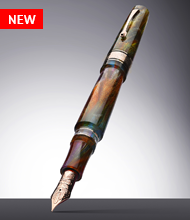
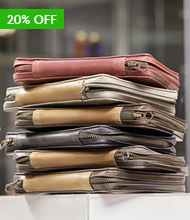
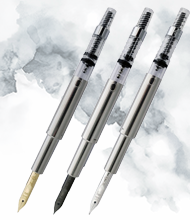
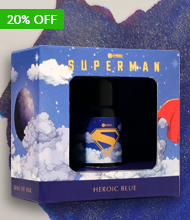
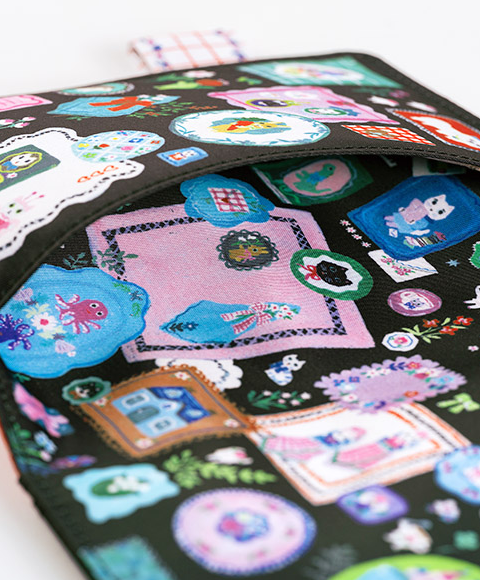
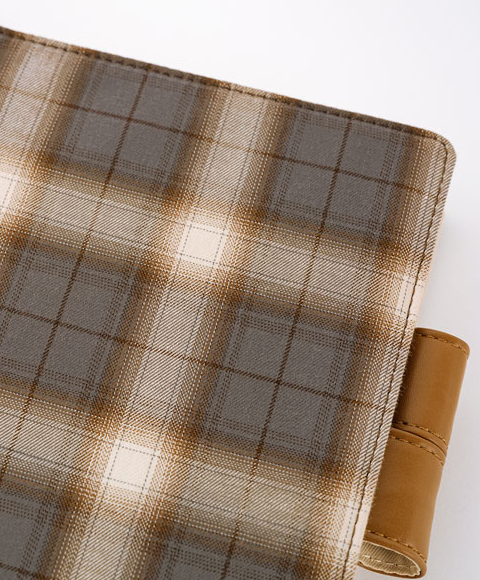
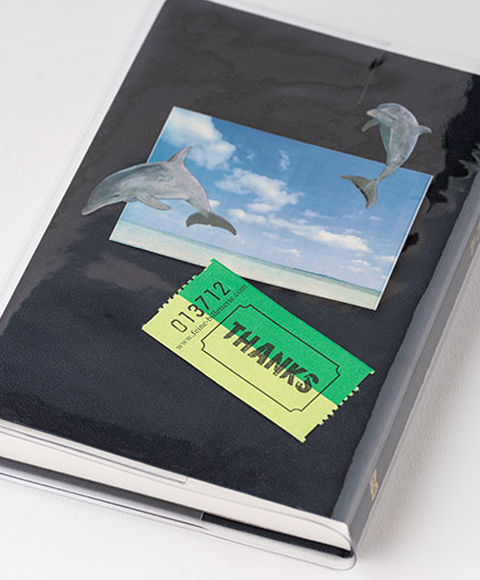
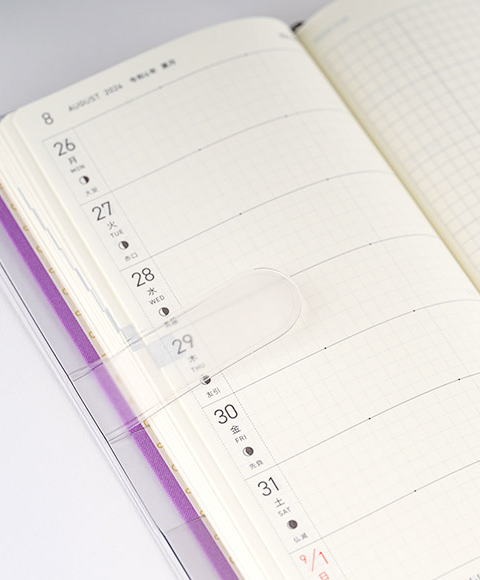
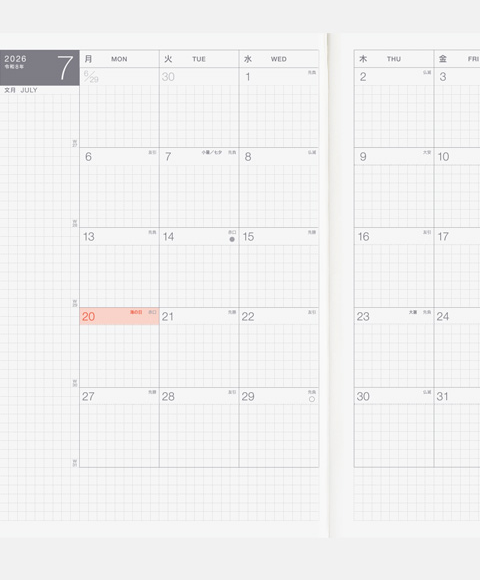
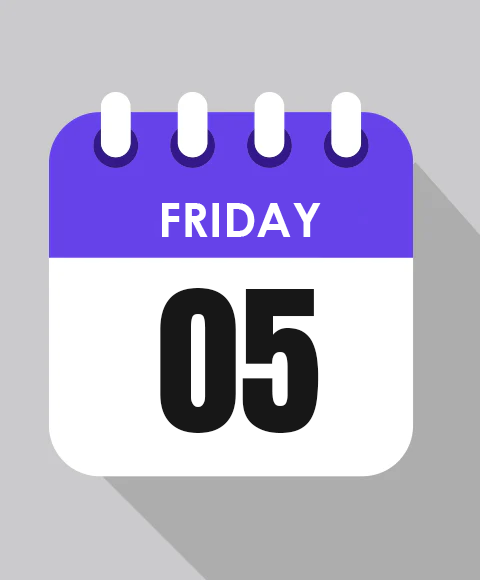
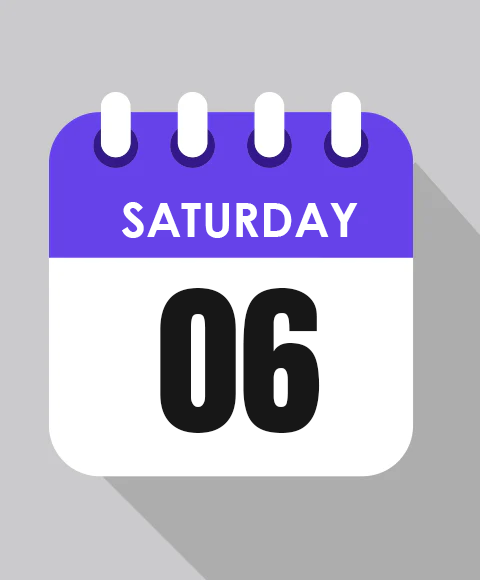
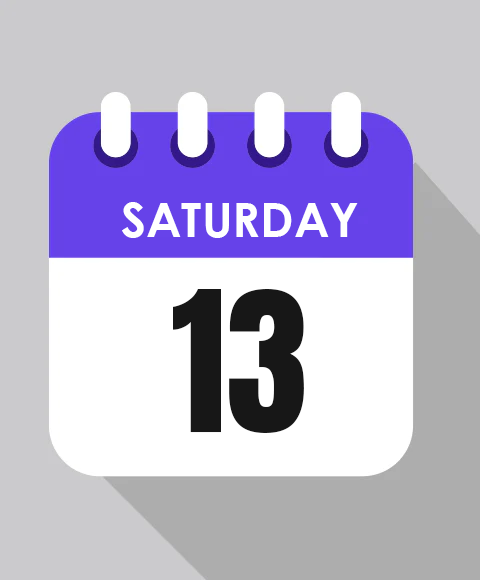
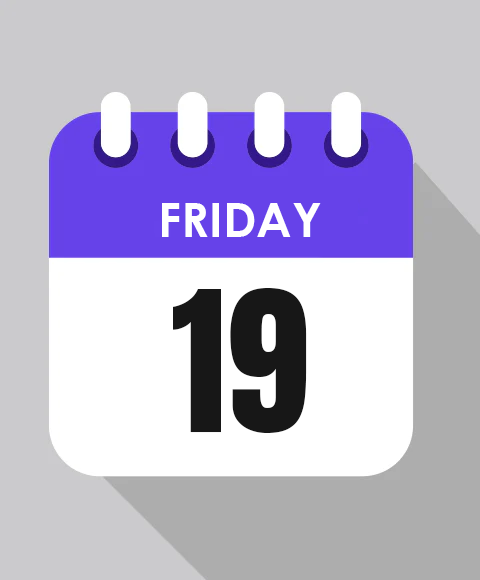

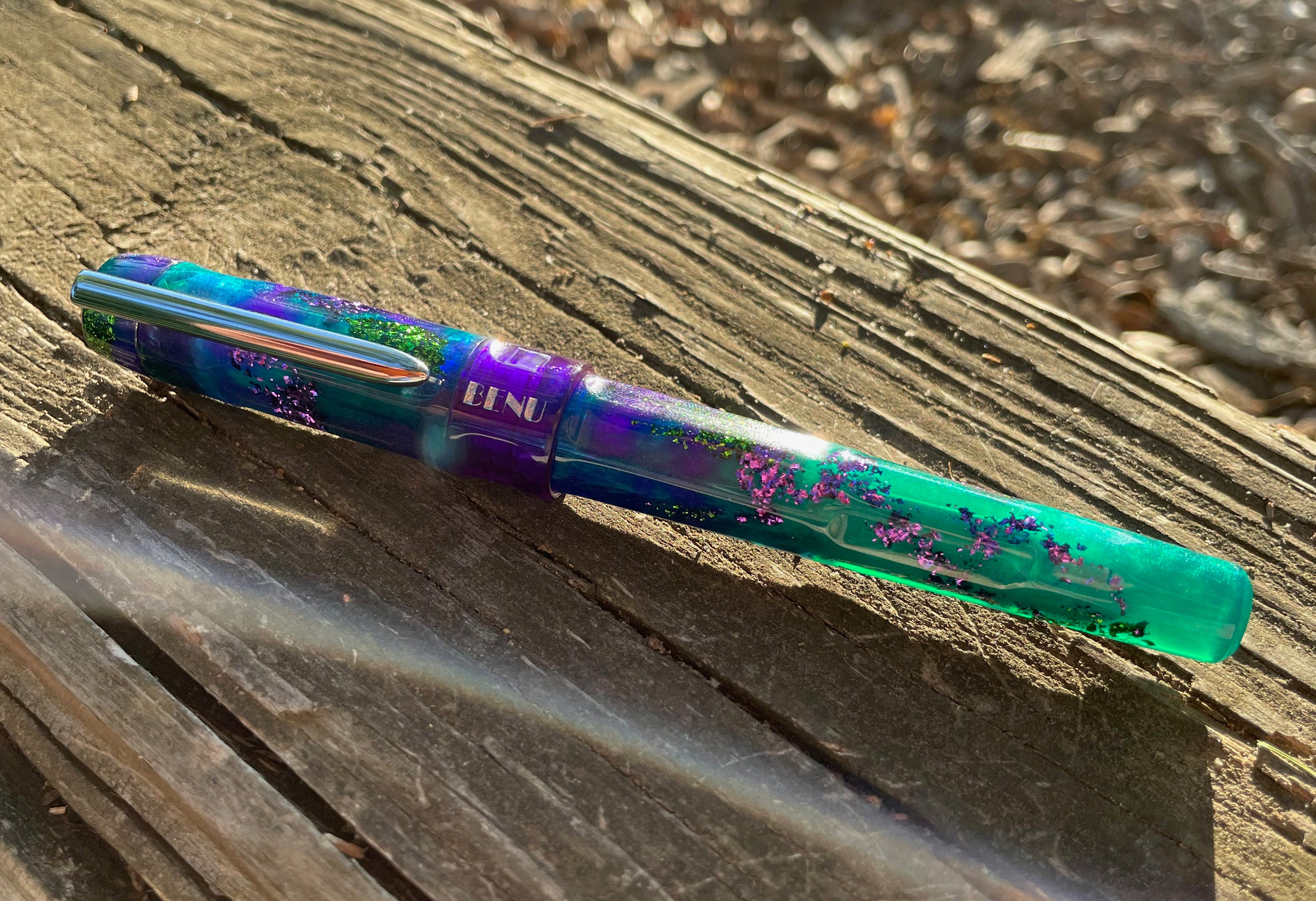
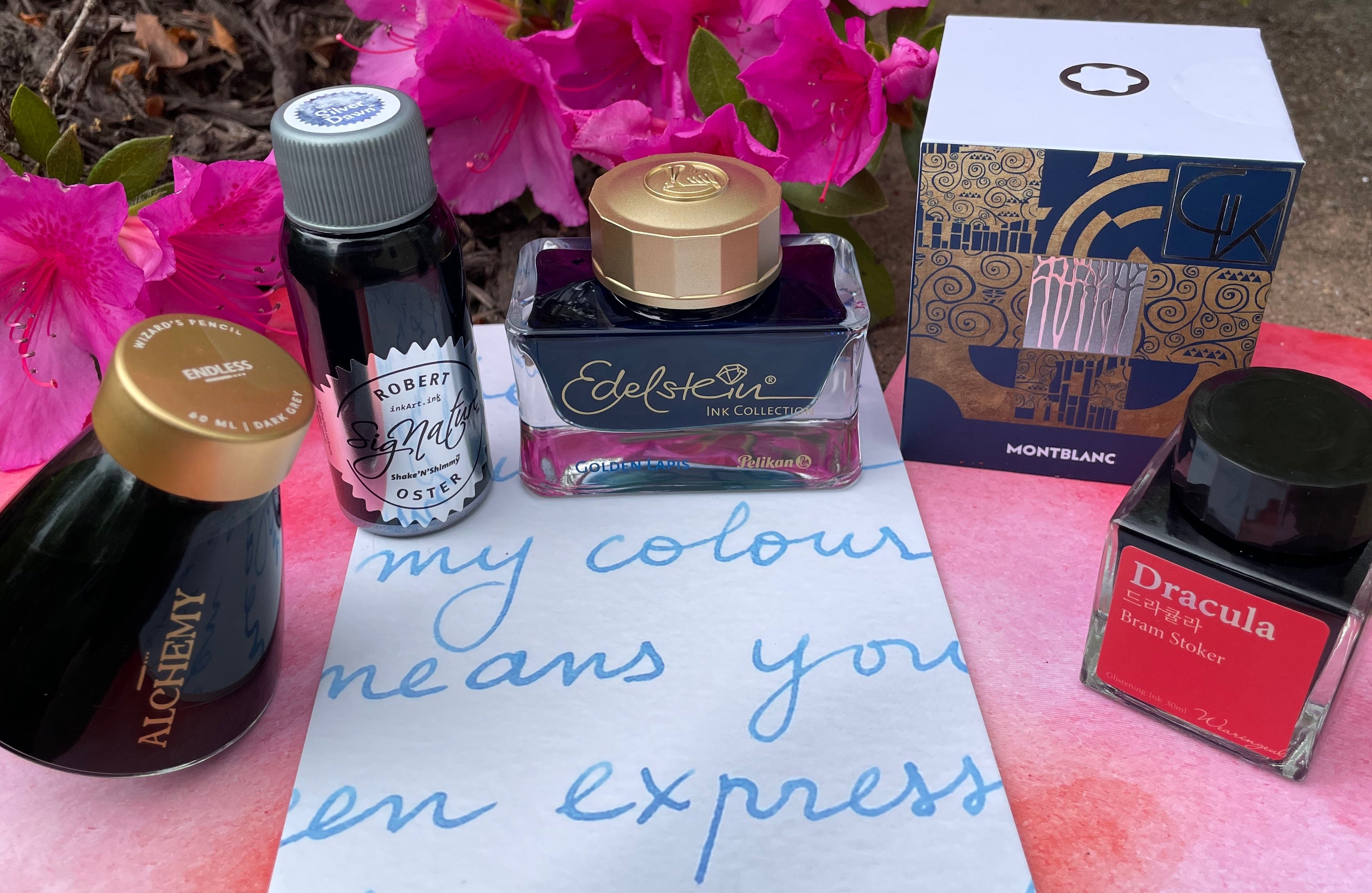

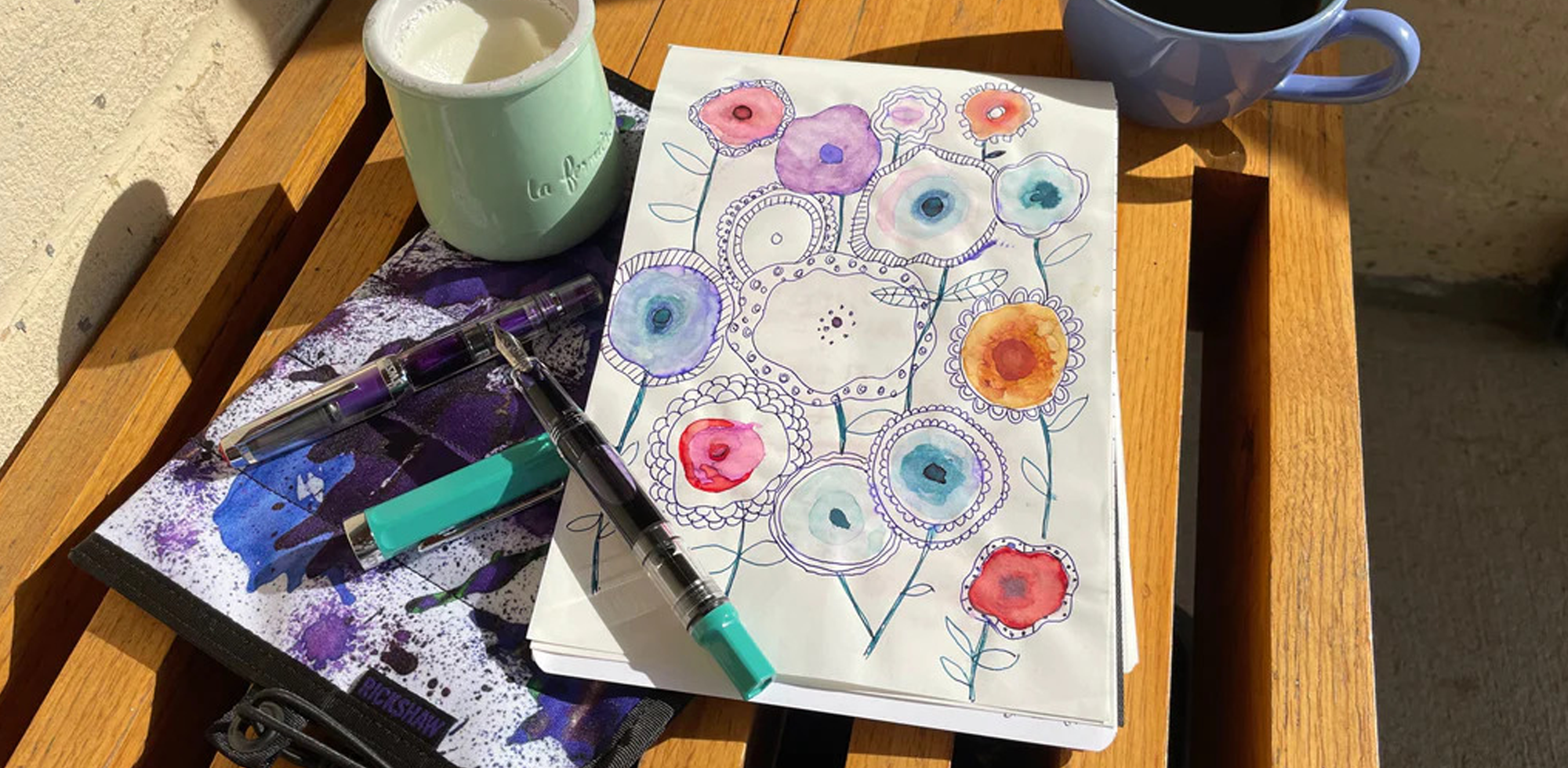
14 comments
Gary Alessi
Hi….this is my third time reading your articles about Pilot pens.Your very detailed writing has really helped me buy some of these pens.I now have a 74 in M,a burgundy 742,in F….and several Kakunos in EF andF.I recently bought a Prera,demonstrator,with a CM nib,and I love this nib!! It is a narrow stub,and really gives my handwriting a nice flair Thank you for your wonderful,helpful posts!
Hi….this is my third time reading your articles about Pilot pens.Your very detailed writing has really helped me buy some of these pens.I now have a 74 in M,a burgundy 742,in F….and several Kakunos in EF andF.I recently bought a Prera,demonstrator,with a CM nib,and I love this nib!! It is a narrow stub,and really gives my handwriting a nice flair Thank you for your wonderful,helpful posts!
Patrick O’Leary
The review of the pens is spot on! I couldn’t agree more with anything you stated. I own both models of the pens you reviewed and thoroughly enjoy the writing experience each time i pick one up.
I especially enjoyed the tangent on the inks.
The review of the pens is spot on! I couldn’t agree more with anything you stated. I own both models of the pens you reviewed and thoroughly enjoy the writing experience each time i pick one up.
I especially enjoyed the tangent on the inks.
Peter
Hi, I am a Pilot Custom FP user. I have a few in my possession, and to be up front, I hardly consider any other brands these days (well, Pelikan as I don’t have one … yet). The gold nibs add a sense of quality that SS or steel nibs do not. People who don’t write with fountain pens typically scratch their heads when you mention a gold nibbed fountain pen costs $150.00+ USD. They just haven’t used one I suppose, and not having used a quality writing instrument, can’t yet understand how it can feel in your hand ~ wonderful !!!! Pilot Custom series FPs fit that niche in me for “You get what you pay for” . Maybe not inexpensive depending on what you purchase, but for me, worth the cost once you’ve had a chance to use one. A $150.00 is only a jumping off point, but hobbies have a way of costing some serious coin as the hobby takes hold over the years. Sorry, I’m running on… . Nice review, I have not yet tried a Signature nib from Pilot (yet), but I am curious how it looked and how you enjoyed it. Thank you for your review. Cheers :-)
Hi, I am a Pilot Custom FP user. I have a few in my possession, and to be up front, I hardly consider any other brands these days (well, Pelikan as I don’t have one … yet). The gold nibs add a sense of quality that SS or steel nibs do not. People who don’t write with fountain pens typically scratch their heads when you mention a gold nibbed fountain pen costs $150.00+ USD. They just haven’t used one I suppose, and not having used a quality writing instrument, can’t yet understand how it can feel in your hand ~ wonderful !!!! Pilot Custom series FPs fit that niche in me for “You get what you pay for” . Maybe not inexpensive depending on what you purchase, but for me, worth the cost once you’ve had a chance to use one. A $150.00 is only a jumping off point, but hobbies have a way of costing some serious coin as the hobby takes hold over the years. Sorry, I’m running on… . Nice review, I have not yet tried a Signature nib from Pilot (yet), but I am curious how it looked and how you enjoyed it. Thank you for your review. Cheers :-)
James Watts
Great review. My 823 with a fine nib is probably my “desert island” pen — one of those rare pens that, from the moment I first picked it up, it just felt right. Enjoy!
Great review. My 823 with a fine nib is probably my “desert island” pen — one of those rare pens that, from the moment I first picked it up, it just felt right. Enjoy!
Jeff Mutschler
Please place my info in your mail listing.
Please place my info in your mail listing.
Laura A
Great article. Thank you for reviewing the signature nib. I’ve been curious about that. Personally I love pilot fine nibs and from what you said, I think he signature nib will be too broad for me. I bought my husband the clear 823 for Father’s Day from you guys and after seeing it, I fell in love. It’s on my wish list for Christmas and I’m hoping hubby gets me one.
Great article. Thank you for reviewing the signature nib. I’ve been curious about that. Personally I love pilot fine nibs and from what you said, I think he signature nib will be too broad for me. I bought my husband the clear 823 for Father’s Day from you guys and after seeing it, I fell in love. It’s on my wish list for Christmas and I’m hoping hubby gets me one.
Laura Petix
The ergonomic soft touch coating is subtle… yours may have it without you being aware of it! If you compare it to a different Pilot model that doesn’t have it, you can see/feel the difference.
The ergonomic soft touch coating is subtle… yours may have it without you being aware of it! If you compare it to a different Pilot model that doesn’t have it, you can see/feel the difference.
Paul
I was surprised to read about a “special ergonomic soft touch coating” on the 823 grip which none of my 823s have. The remarkable balance of the 823 may make it easier to grip.
I was surprised to read about a “special ergonomic soft touch coating” on the 823 grip which none of my 823s have. The remarkable balance of the 823 may make it easier to grip.
Cynthia
Very interesting article…thank you.
Very interesting article…thank you.
John
Very nice review and helpful. I have a Pilot Falcon metal body SEF and I love that pen but I have also considered getting the 823 and maybe even a 74.
Very nice review and helpful. I have a Pilot Falcon metal body SEF and I love that pen but I have also considered getting the 823 and maybe even a 74.
Bob Page
This is a detailed and thoughtful comparison of the user experience of these two pens. It’s especially surprising that the feel of writing is similar between the two pens, despite the difference in nib size and overall size. Helpful photographs also. Thank you so much for this perspective, and I look forward to your next article.
This is a detailed and thoughtful comparison of the user experience of these two pens. It’s especially surprising that the feel of writing is similar between the two pens, despite the difference in nib size and overall size. Helpful photographs also. Thank you so much for this perspective, and I look forward to your next article.
Paul G
The 823 is on my list of greatest pens of all time. I have three, with different nibs, and they are worth the stretch even on a budget. The size and balance when the cap is posted are perfect; combined with the outstanding #15 nibs and large ink reservoir, you can write all day without fatigue. By the way, Pilot does make more kinds of #15 nibs for their 823 (and 743) pens, which I hope to see more readily available in America some day.
The 823 is on my list of greatest pens of all time. I have three, with different nibs, and they are worth the stretch even on a budget. The size and balance when the cap is posted are perfect; combined with the outstanding #15 nibs and large ink reservoir, you can write all day without fatigue. By the way, Pilot does make more kinds of #15 nibs for their 823 (and 743) pens, which I hope to see more readily available in America some day.
Debi
Great review. I own several Custom 74 pens and just love them. You’ve convinced me to get them back out again. Funny how tastes differ; I absolutely LOVE my colorful translucent demonstrators. I don’t think I even own a solid black pen! I agree; black is classy. But to me, color and translucence are the draw, and the reason I own more than one Custom 74. I had to have more colors!
Great review. I own several Custom 74 pens and just love them. You’ve convinced me to get them back out again. Funny how tastes differ; I absolutely LOVE my colorful translucent demonstrators. I don’t think I even own a solid black pen! I agree; black is classy. But to me, color and translucence are the draw, and the reason I own more than one Custom 74. I had to have more colors!
Susie M
That vacuum ink filling mechanism sounds interesting! Seems like a good pen for people who want to use a fountain pen all the time, even on the go, and know what kind of ink they want to use!
That vacuum ink filling mechanism sounds interesting! Seems like a good pen for people who want to use a fountain pen all the time, even on the go, and know what kind of ink they want to use!